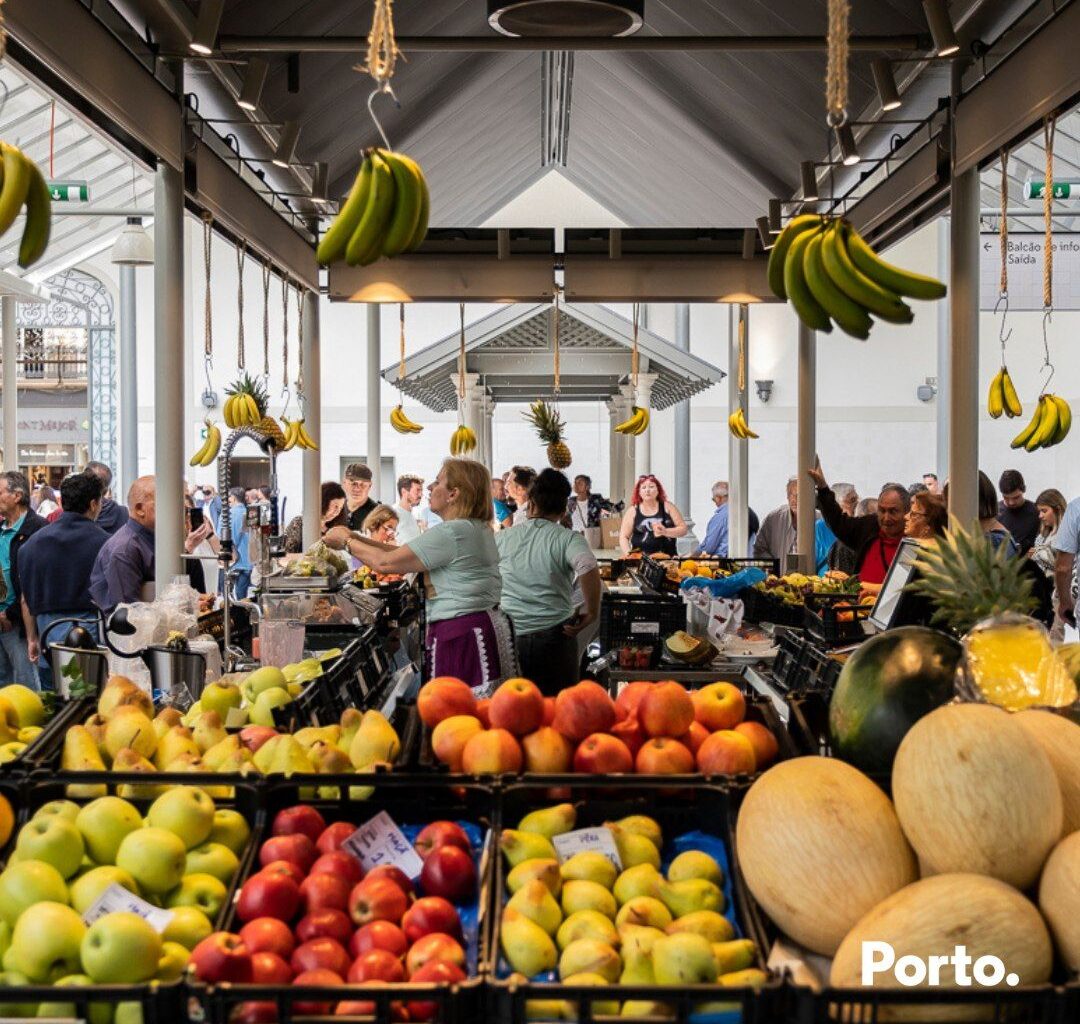According to the study “Purchasing Power Europe 2025” by GfK/NIQ Geomarketing, which analyses the evolution of purchasing power in 42 European countries, purchasing power in Portugal is 16,943 euros per capita. Although the country dropped one position in the ranking, to 22nd, the disposable income of the Portuguese increased 15.7% compared to the previous year, gradually approaching the European average of 20,291 euros.
“The result reflects a recovery in consumption and positive wage growth, although Portugal remains far from the countries with the highest purchasing power,” notes GfK/NIQ Geomarketing. The study reveals changes in the regional distribution of purchasing power in the country, with Oeiras dethroning Lisbon as the leader in the national ranking, with 26,863 euros per capita, and the capital now in second place, with 26,161 euros.
The national top five is completed by Cascais (23,958 euros), Alcochete (23,375 euros), and Vila do Porto (22,046 euros). Porto, Coimbra, and Mafra remain among the 10 municipalities with the highest purchasing power, all above 20,000 euros per capita, while inland municipalities such as Vinhais (9,406 euros) and Benavente (16,985 euros) appear at the opposite extreme, “significantly below” the national average.
Cost of living
Despite the gradual downward trend in inflation rates in the European Union, which are expected to reach 2.3% in 2025 compared to 2.6% in 2024, the study notes that “the cost of living in Portugal remains high, mainly due to increases in housing, energy, and food, which continues to affect families’ real purchasing power.”
“Despite the nominal improvement in incomes, progress compared to the European average remains limited, reflecting the structural challenges of the Portuguese economy. The burden of essential expenses and regional asymmetries remain decisive, with a clear concentration of income in the metropolitan areas of Lisbon and Porto,” emphasised António Salvador, director general of GfK/NIQ in Portugal, quoted in a statement.
At the European level, citizens have, on average, an income of 20,291 euros per capita, a nominal increase of 4% compared to the previous year, totalling 13.9 trillion euros in available purchasing power.
Liechtenstein (71,130 euros), Switzerland (53,011 euros), and Luxembourg (38,929 euros) lead the ranking, with incomes between 1.9 and 3.5 times above the European average, while Kosovo, Belarus, and Ukraine continue to record the lowest levels, with the latter country 15% below the European average.
Still, the study reports a “gradual convergence trend among European economies,” with Central and Eastern European regions experiencing above-average growth and progressively reducing the gap with the West.
